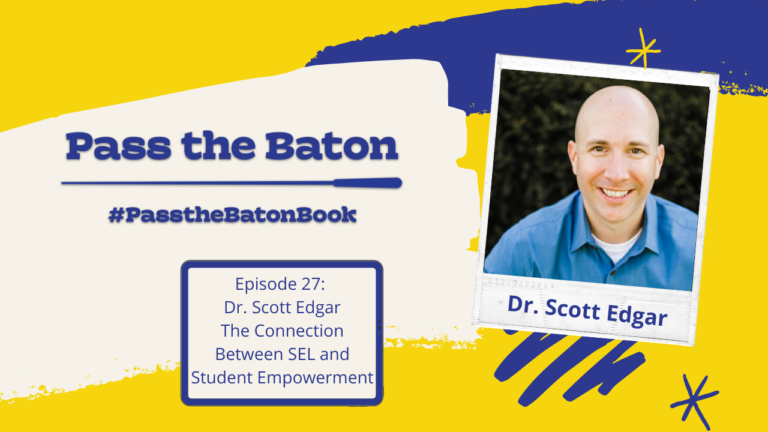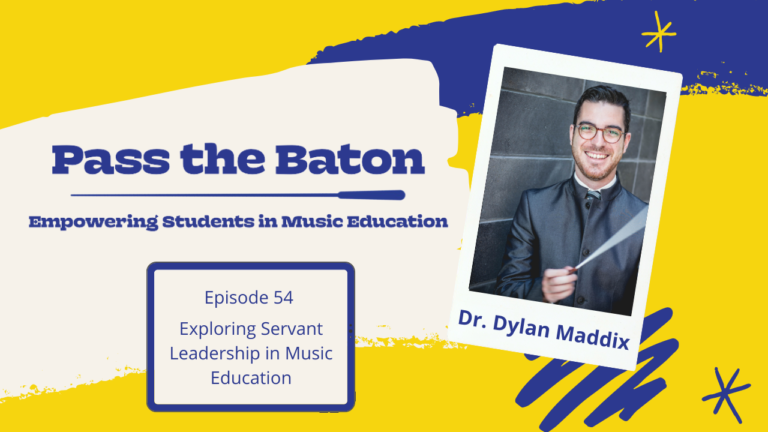Bridging the Gap: How Music Technology Can Engage All Students
In episode 76, Theresa and Kathryn welcome Gillian Desmarais Keller, an award-winning music educator specializing in K-12 music technology. Gillian shares her journey from teaching elementary music to establishing a cutting-edge music technology program in Maplewood Public Schools. She highlights the importance of integrating technology into traditional music education, offering students new opportunities for creativity through recording, lyric writing, and music production. Gillian also discusses how technology can enhance the learning experience by blending traditional music theory with modern tools like digital audio workstations (DAWs) such as Soundtrap and Ableton.
The conversation emphasizes the potential of music technology to engage a wider range of students, including those who may not be interested in traditional music programs. Gillian shares practical tips for teachers to start incorporating technology into their classrooms, advocating for the use of web applications like Chrome Music Lab and Groove Pizza as entry points. Whether you’re a band director, choir teacher, or general music instructor, this episode provides valuable insights on how to make music education more accessible and relevant to all students.

Listen to the full interview:
Here are some key insights from Episode 76:
- Music technology engages students by offering creative opportunities beyond traditional methods, encouraging deeper involvement in the learning process.
- Integrating technology into music education helps students explore new ways of creating, recording, and expressing themselves through modern musical approaches.
- Technology complements traditional music programs, expanding students’ skill sets while enhancing their connection to the music they create.
- Music technology supports lifelong learning by giving students tools to continue exploring and enjoying music beyond the classroom.
- Start small and grow—teachers can begin with simple technology applications and gradually expand as both students and educators become more comfortable.

Connect with Gillian and learn more:
- Website: Sound Tech Ed
Ready for more?
You can check out the full interview on YouTube or your favorite podcast platform. Or you can listen right here, on Spotify Podcasts!
You might also enjoy these other episodes perfect for the back-to-school:
- Episode 25 – The Power of a Mission Statement, featuring Kevin Feher
- Episode 31 – Creating a Culture for Student Empowerment, featuring Matthew Arau
- Episode 51 – Harmony and Connection: Leveraging SEL in Music Education, featuring Elizabeth Peterson
- Episode 52 – Unleashing Our Impact: Empowering Music Educators, featuring Jen Rafferty



